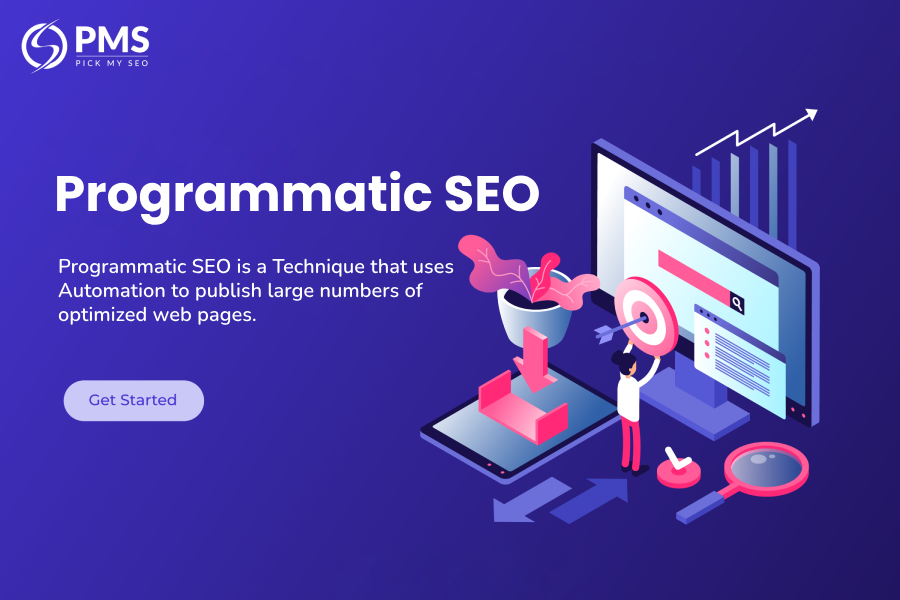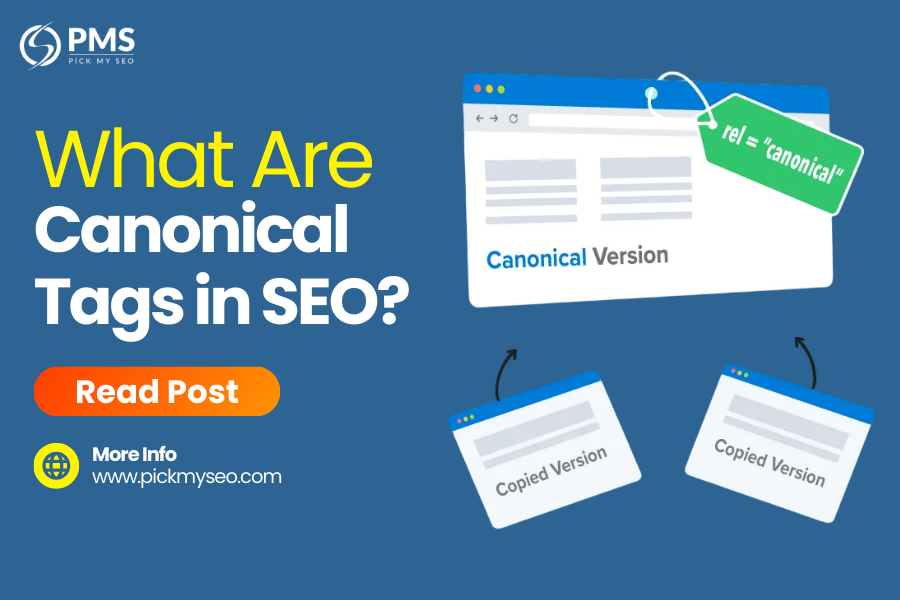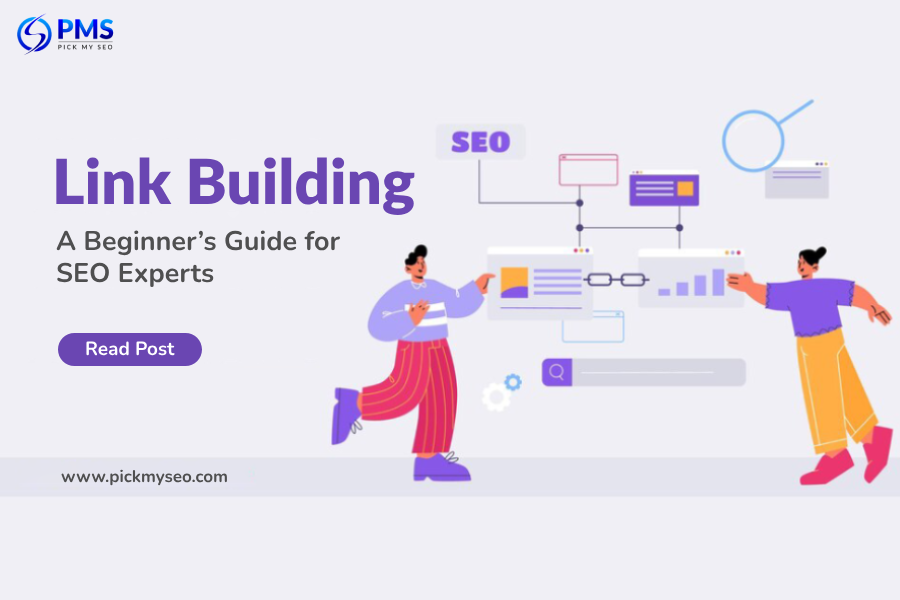As businesses in India compete for online visibility, a new strategy is gaining momentum across digital marketing circles – Programmatic SEO. Experts say it is helping websites grow traffic rapidly by targeting long-tail keywords at scale. For small startups and large enterprises alike, this approach could be a game-changer.
Programmatic SEO is different from traditional SEO methods. It involves creating hundreds or even thousands of web pages automatically based on a data-driven system. These pages are designed to rank for niche, low-competition keywords that users are actively searching for.
“We used programmatic SEO to build 10,000 pages in less than a month for a finance portal,” shared Kunal Mehta, a digital strategist from Mumbai. “Our organic traffic grew five times in just three months.”
What Is Programmatic SEO?
Programmatic SEO is a technique that uses automation to publish large numbers of optimized web pages. These pages typically follow a similar layout and are created using templates filled with structured data. The goal is to capture long-tail keyword searches that often go unnoticed.
For example, an edtech site can create pages like:
- “Best online courses for teachers in Chennai”
- “Top MBA programs for working professionals in Pune”
- “Affordable coding bootcamps in Hyderabad”
Each of these pages targets a specific search query that users might speak or type into Google.
Why Programmatic SEO Is Relevant for India
India’s vast population, diverse interests, and regional preferences mean there’s a huge demand for specific online searches. Whether it’s a tourist looking for hotels near Jaipur Railway Station or a student searching for online UPSC coaching in Patna, these narrow queries are perfect for programmatic SEO.
Businesses that embrace this strategy can reach audiences across Tier-1, Tier-2, and Tier-3 cities by providing exactly the kind of information people are looking for.

Benefits of Programmatic SEO
Programmatic SEO offers several benefits, especially for Indian startups, service platforms, and content-heavy websites:
- Scalable content production: Instead of creating pages one-by-one, you can publish thousands in a short time
- Long-tail keyword targeting: These keywords are less competitive and more specific, increasing chances of ranking
- Improved organic traffic: More pages mean more opportunities to get clicks from Google search
- Increased visibility: Especially helpful for marketplaces, SaaS companies, job boards, and travel platforms
How Programmatic SEO Works
Here’s a simple breakdown of how programmatic SEO works:
Step 1: Choose a Niche or Topic
Start by identifying a broad topic that has many possible variations. For example, if you’re in the travel business, the topic could be “places to visit in India.”
Step 2: Build a Keyword Matrix
Collect long-tail keywords related to your topic. These should include location-based queries, feature-specific terms, and user intent-based phrases. Tools like Ahrefs, SEMrush, or Google Keyword Planner can help.
Step 3: Gather Structured Data
Prepare a dataset with information related to your keywords. This could be:
- Lists of cities, districts, or states
- Product or service names
- Features, categories, or reviews
Step 4: Create a Page Template
Design a flexible page layout with placeholders where content will be inserted automatically. A template might include:
- Headline with the keyword
- Introduction paragraph
- List of features or pros/cons
- Call to action
Step 5: Use Automation to Generate Pages
With tools like Airtable, Webflow, Notion API, or custom-built scripts, you can combine your keywords and datasets to automatically create hundreds of SEO-friendly pages.
Step 6: Index and Monitor Performance
Once published, make sure the pages are indexed by Google. Use Search Console to monitor impressions, clicks, and rankings.
Real-Life Examples of Programmatic SEO
Some major websites use this approach effectively:
- Zomato: Pages like “Best restaurants in Indiranagar Bangalore”
- 99acres: Property pages for each locality, price, and configuration
- Glassdoor: Job listings by company, role, and location
Indian startups can adopt similar tactics to scale content and compete with larger players.
Best Practices for Programmatic SEO
To ensure your pages perform well and don’t get penalised by Google, follow these best practices:
1. Focus on Quality
Avoid thin content. Even though the pages are generated at scale, they must offer value to users. Add genuine data, helpful insights, and useful information.
2. Make Each Page Unique
Use dynamic text, variable headlines, and different data sets to avoid duplication. Google rewards uniqueness.
3. Use Clean URL Structures
URLs should be short, readable, and contain relevant keywords. For example: www.example.com/top-schools-in-kochi
4. Optimise Page Speed
Ensure that your generated pages load quickly. Use compressed images and avoid unnecessary scripts.
5. Monitor Analytics
Track user behaviour using Google Analytics. Keep an eye on bounce rates, time on site, and conversions.
Challenges to Watch Out For
While programmatic SEO can be powerful, it comes with some risks:
- Risk of duplicate content: If templates are too similar, Google may penalise your site
- Thin content warning: Pages with too little information can get flagged
- Technical setup: Requires some knowledge of scripting, APIs, or integration tools
“You need to balance automation with genuine content,” said Anjali Tyagi, an SEO consultant from Lucknow. “The trick is to make each page useful, not just a copy-paste job.”
Tools for Programmatic SEO
Some useful tools to help implement programmatic SEO include:
- Airtable: Manage large datasets
- Google Sheets + Apps Script: Automate keyword and content generation
- Webflow + CMS Collections: Great for visual website builders
- Zapier: Connect apps and automate tasks
- WordPress + Custom Plugins: For websites using popular CMS
Programmatic SEO for E-commerce Sites
Online stores can use programmatic SEO to build pages like:
- “Best laptops under 40000 for students in India”
- “Top smartwatches with GPS for fitness in Delhi”
- “Affordable kitchen appliances in Bengaluru”
Each of these targets specific buyer intent and location, helping in better conversions and local SEO.
Future of Programmatic SEO in India
With India’s digital economy booming, programmatic SEO will play a big role in online visibility. As more brands adopt voice search, mobile browsing, and localised queries, the need for scalable SEO strategies will increase.
“It’s not just about creating bulk content,” said Raghav Sharma, founder of a SaaS startup in Gurugram. “It’s about being found at the right place, by the right user, at the right time.”
Final Word
Programmatic SEO can help Indian businesses tap into high-potential keyword opportunities without having to write thousands of pages manually. With a smart strategy, the right tools, and a focus on quality, it is possible to dominate niche searches across cities, products, and industries.
As search behaviour continues to evolve, businesses that invest in this form of SEO today will likely reap long-term rewards tomorrow.
Frequently Asked Questions
Programmatic SEO is the process of using code and templates to create and publish hundreds or thousands of SEO-optimized pages automatically, targeting long-tail keywords at scale.
To create a programmatic SEO setup, start by finding a scalable keyword niche, build a structured content template, gather data sources, and use automation or scripts to generate SEO-friendly pages efficiently.
You can get customers with programmatic SEO by ranking for long-tail, high-intent keywords, offering useful content at scale, and guiding users to take action through targeted calls-to-action on every page.
The four main components of programmatic SEO are keyword research, structured data or content templates, reliable data sources, and automation tools for page creation and publishing.
A programmatic SEO method involves using automation to generate large volumes of optimized web pages, each targeting specific long-tail keywords, helping websites scale organic traffic faster.






